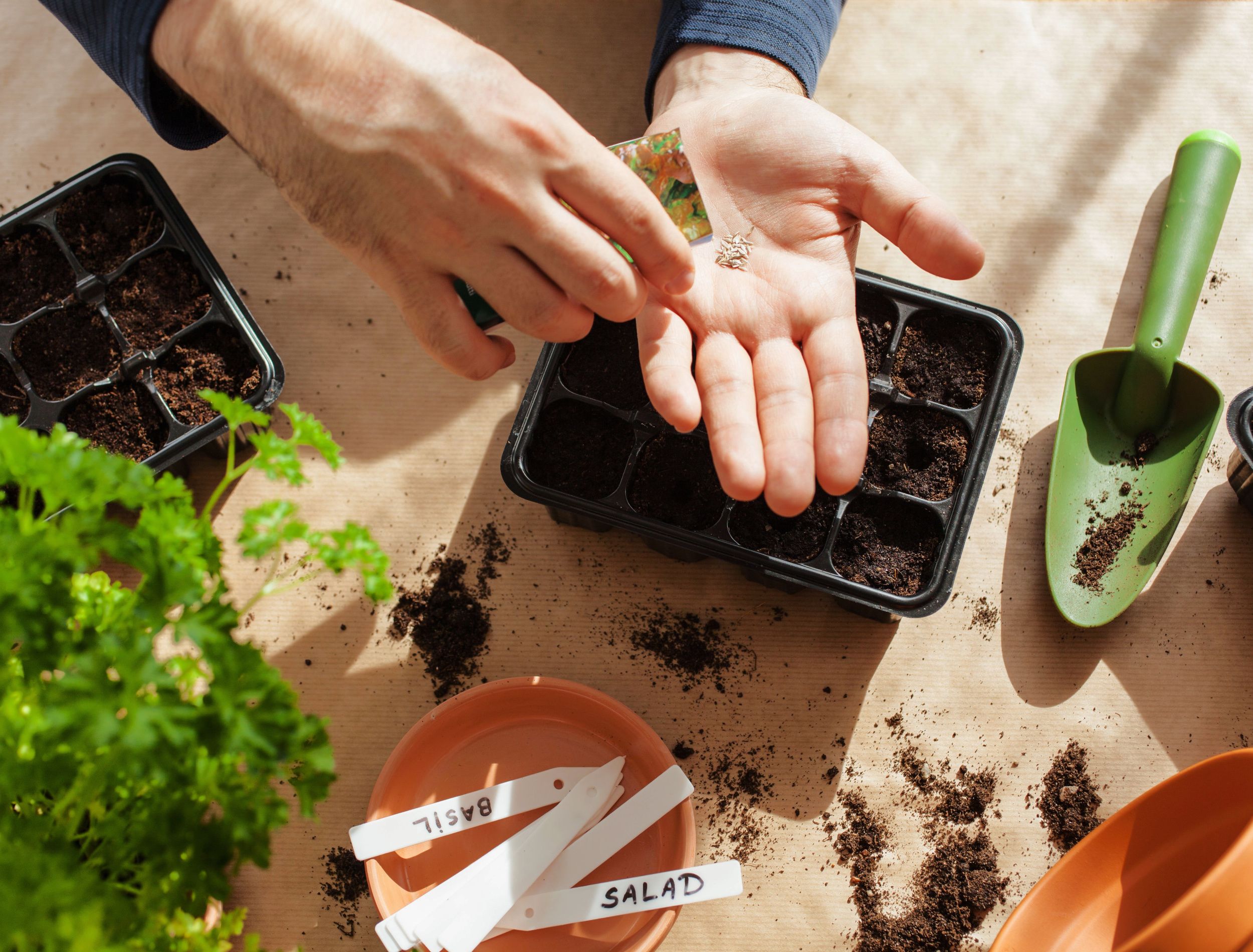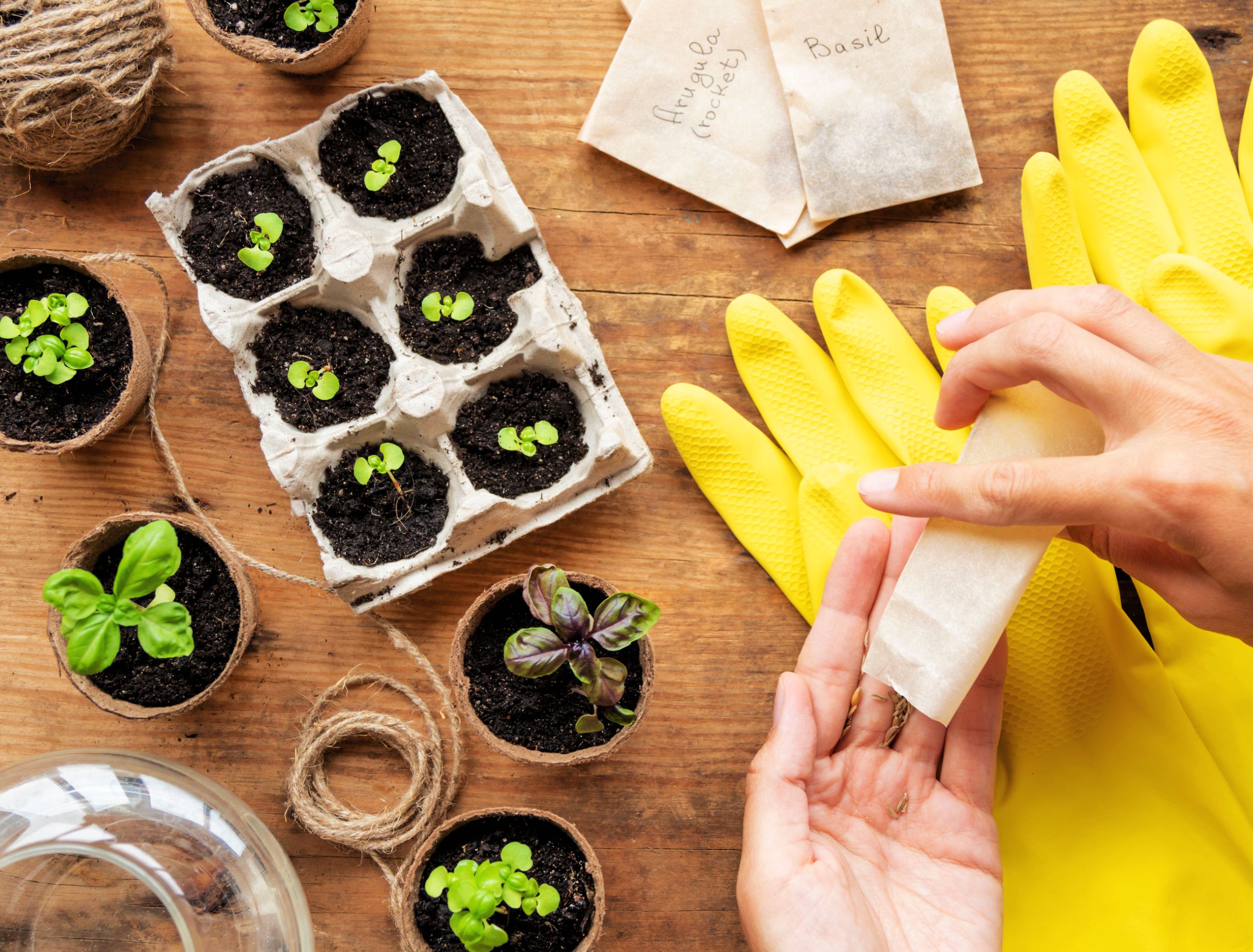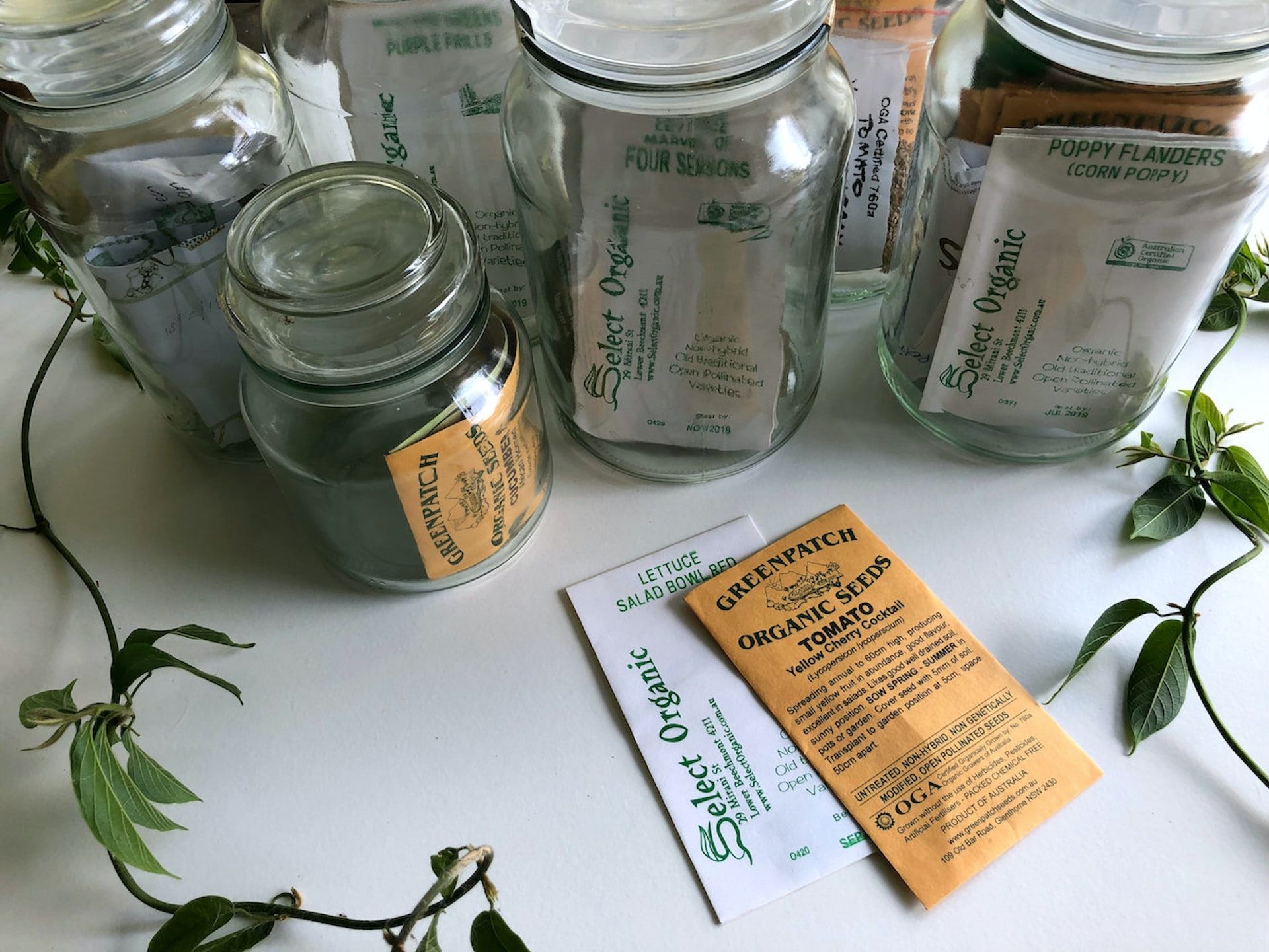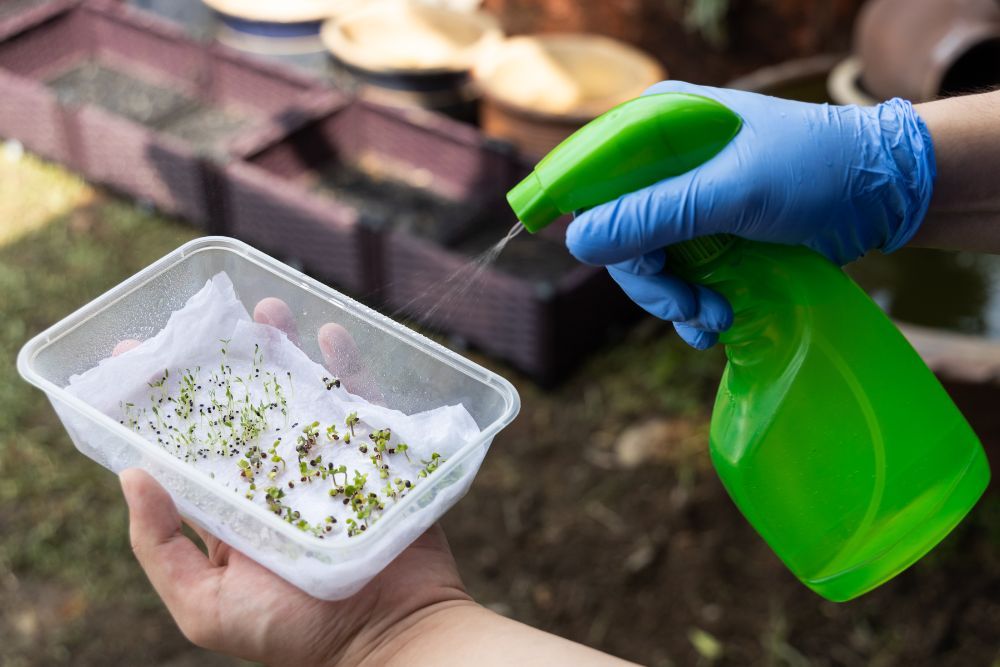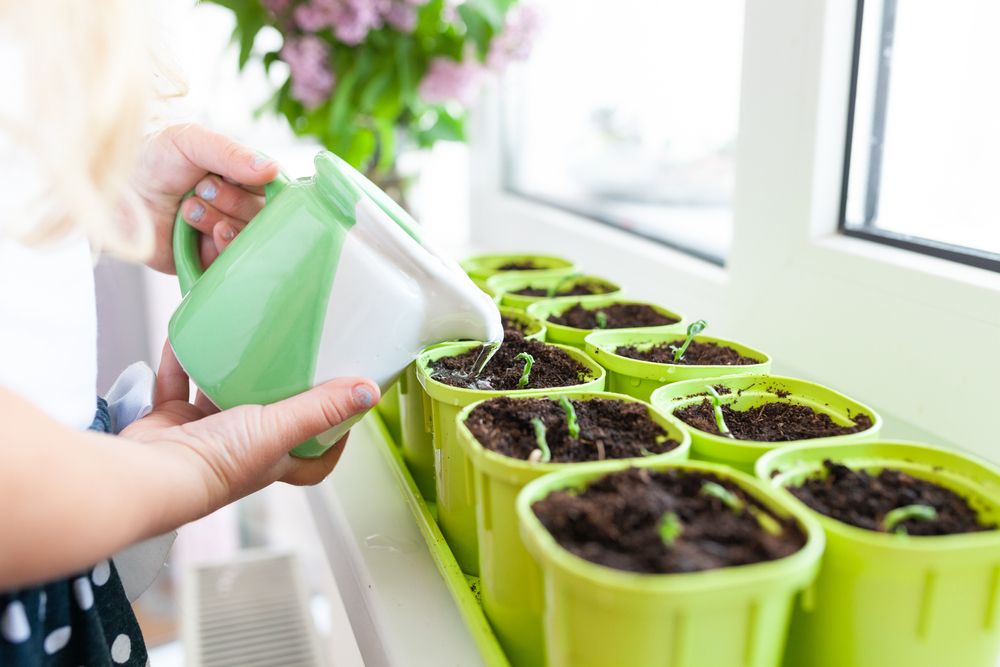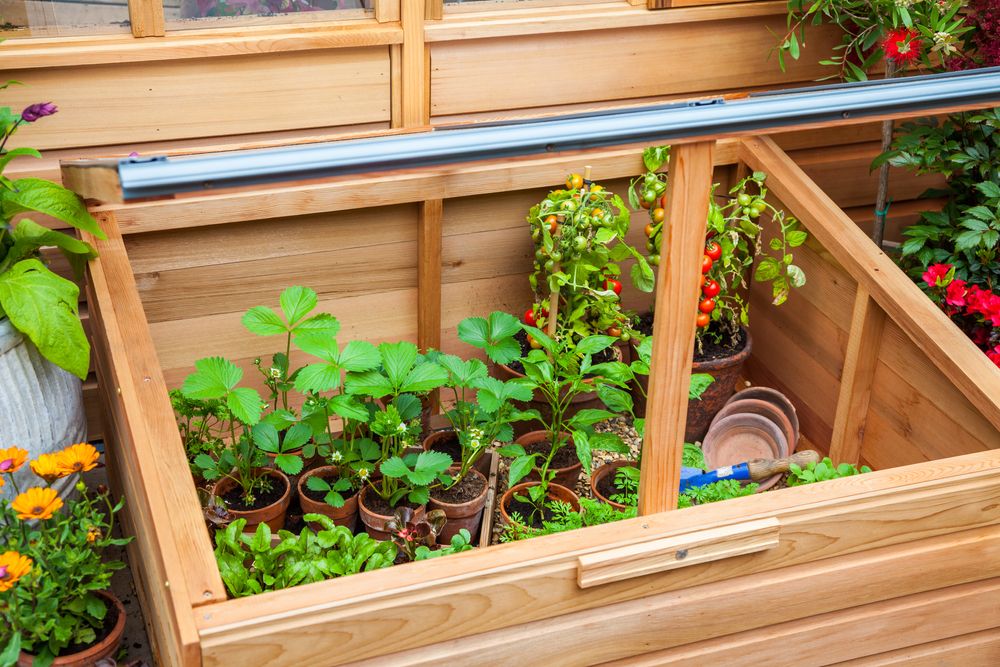How you plant your seeds affects whether they germinate, meaning proper planting techniques are step one between you and a successful garden. Though you can purchase mature plants or seedlings from the garden center, growing plants from seed is very rewarding.
But if you've yet to be successful, take this as a sign that it is time to try again! Learn how to properly plant seeds to get your garden started on the right foot.
Tools You'll Need
Image credits: Konstantin Aksenov via Shutterstock
If you want to properly plant seeds, there are a few different tools you'll need.
- Healthy seeds
- Seed-starting pots
- Seed-starting mix
- Plant labels
- Misting bottle
- Watering can
- Plastic wrap
- Electric heating mat
- Water soluble fertilizer
How to Properly Plant Seeds
With the right tools in tow, you are ready to learn how to properly plant seeds.
Step 1: Choose Your Seeds
Image credits: Eco Warrior Princess via Unsplash
A lot of thought goes into choosing the best seeds for your garden. If you have some left over from last season, organize them and check for expiration dates. Before selecting new seeds, consider how much space you have in your garden, what kind of light and temperatures you can provide the plants, and if you are doing a crop rotation.
Some of the easiest vegetable seeds to grow are the largest, including lettuce, radishes, and beets. Morning glory, zinnias, and marigolds are good choices if you want to grow flowers. When shopping, open-pollinated seeds, which grow exactly like their parent plants, are best. Hybrids (sometimes called F1) are intentionally cross-pollinated but won't grow the same year after year. Genetically modified options don't occur naturally and can be tricky, so it is best to avoid them.
Your hardiness zone is another important factor. The zones encompass different areas, each labeled as 1 through 13. The higher the number, the warmer the climate. Look for plants labeled hardy for your zone to ensure it thrives in your area.
Pro Tip: Find your USDA hardiness zone here by entering your zip code into the map!
Step 2: Preparations
Image credits: ThamKC via Canva
The next step is to determine the best time to plant. If you're planting indoors, you can start sowing early, though timing depends on the plant type. In general, start seeds indoors about six to eight weeks before it is time to transplant.
Otherwise, wait until temperatures outdoors are safe for your seeds. Different plants require different temperatures for germination. For example, tomatoes and peppers germinate best between 80 and 85 degrees Fahrenheit. Seeds generally require temperatures between 68 and 86 degrees Fahrenheit to germinate.
Many seeds require soaking before planting. This helps them absorb moisture, leading to quicker germination. Seeds you should soak include hibiscus, pumpkin, and sunflowers. Soak them for 24 to 48 hours in 140 to 194 degrees Fahrenheit water. Not all crops benefit from seed soaking, though. Seeds you shouldn't soak include beans and corn.
Use seed starter trays or pots if you are planting indoors and fill them with moist, sterile seed-starting soil. If you're planting outside, prepare the area by weeding, tilling to loosen the soil, and applying herbicide about six to eight weeks before sowing. You can mix compost into the soil to add extra nutrients and provide drainage. Also, take a soil test to determine pH and add amendments if necessary.
Pro Tip: Sowing seeds indoors is the best way to prevent birds and other creatures from eating your seedlings. Vegetables and root crops with large seeds, like beans, pumpkins, and carrots, are best planted directly outdoors in the soil because of their extensive root systems.
Step 3: Planting Seeds
Image credits: RimDream via Shutterstock
You can germinate seeds indoors or outdoors, though seed care varies by plant, and how you plant them depends on the specific plant. It is crucial to research the needs of your plants. Some plants require only one or two seeds per pot, while others require more. As a general rule of thumb, plant seeds at a depth twice their diameter. The depth at which you plant ranges from 1/8 to 1/2 inch.
If you are direct sowing (planting seeds straight into the ground), place your seeds in the prepared area, ensuring you plant them as deep as recommended for the specific seed. Direct sowing is beneficial for plants that don't do well with transplanting, such as carrots, beans, and pumpkins.
Some seeds require light, while others need to be covered by soil. Snapdragons, petunias, and lettuce require light to germinate, but calendula, centaurea, and annual phlox require darkness. Label as you plant to ensure you provide the proper care.
Step 4: Caring for Seeds
Image credits: RimDream via Shutterstock
Keep plants warm indoors with an electric heating mat and place them in required sunlight once seedlings develop. Cover the pots with plastic wrap until the seedlings grow to raise humidity.
Whether indoors or outdoors, water the seedlings regularly, ensuring the soil stays moist. Misting daily with water is an excellent way to ensure the seeds have enough moisture. Also, fertilize with a diluted fertilizer, about 1/4 strength 5-10-5 formulation, every two weeks.
Thin the seedlings to avoid overcrowding. Do this by removing a certain amount of seedlings, depending on the directions for your specific plant, to provide enough space between them. You can either use scissors or pinch them off with your fingers.
Step 5: Hardening Off Seedlings
Image credits: Alex Yeung via Shutterstock
If you are growing indoors or in a greenhouse, the seedlings are ready for hardening off when they are about eight weeks old. However, this depends on the weather, as freezing temperatures damage some plants. If you continue to grow the plants indoors, transplant them into a larger container so they can keep growing.
To bring them outdoors, place the seedlings in a protected, shady area, such as a cold frame. When temperatures are acceptable for your plants, put them in the frame for an hour and bring them back inside. Repeat this daily, increasing the time by an hour each day. Always bring them back indoors before temperatures cool down at night. Do this for two weeks, and they are ready for transplanting unless a freeze is expected. This is called hardening off.
When transplanting, look for a location in your garden that provides the best conditions for your plants. For example, if your plant loves lots of sun and well-draining soil, don't plant it in a shady area with clay soil!
You can also grow many plants in containers if you want to be able to move them around, bring them indoors for winter, or want to ensure it has the best soil. Transplant the seedling at the same depth it was in its original pot and water thoroughly. Pay attention to soil moisture, keeping it moist to ensure the seedling has adequate time to develop a strong root system.
Hope You Dig It!
Not all seeds will germinate or develop into seedlings. A 100 percent success rate is not what you're going for, which is why it is important to plant more than one seed. By properly preparing, planting, and caring for your seeds, your garden will continue to grow and develop into everything you have dreamt of.
Do you have any tips for properly planting seeds? Share in the comments below!

